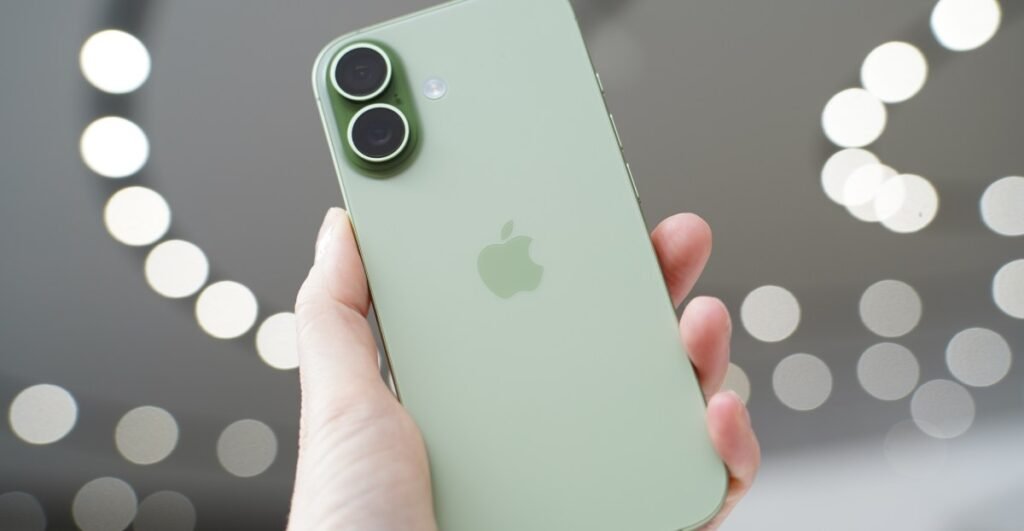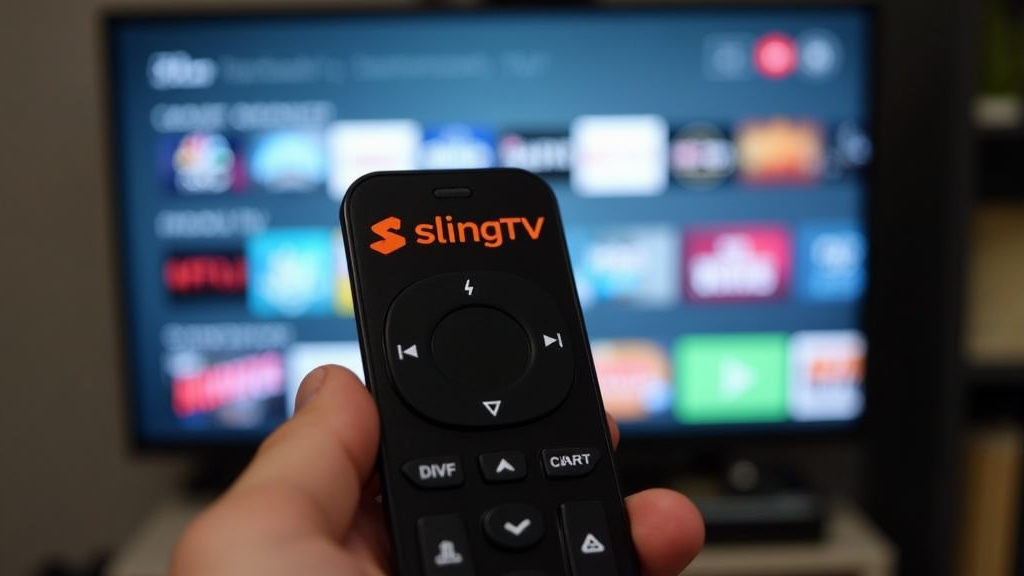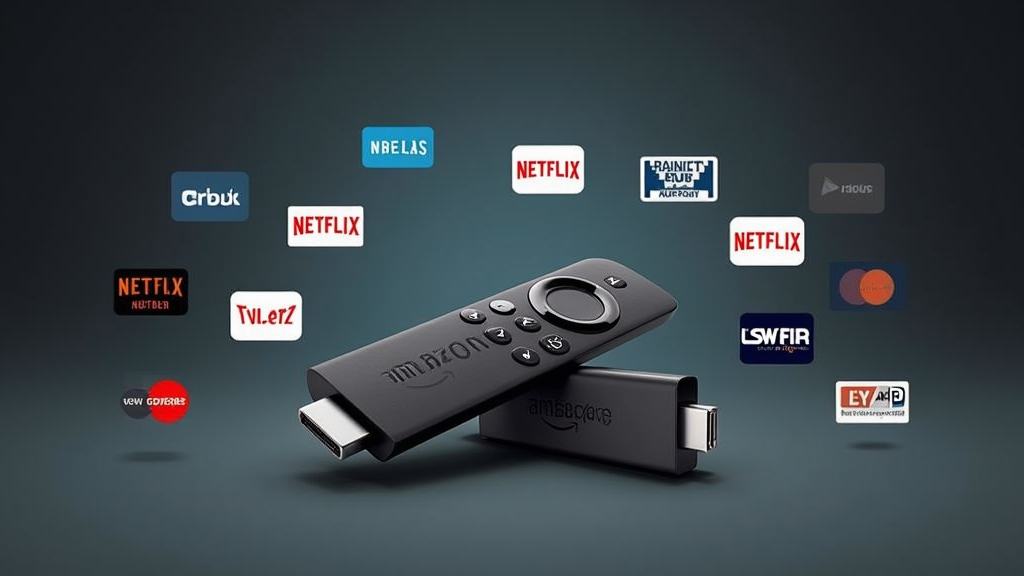Apple’s big fall event just wrapped up, and we rushed out of the Steve Jobs Theater to get our hands on the latest iPhones. Here’s a look at the new iPhone 17, Apple’s base model this year, which is joined by the thinner iPhone Air and beefier iPhone 17 Pro and Pro Max — there’s no Plus this time around.
The first place to start is the rear camera. Not because a lot has changed here, but rather because it hasn’t: while the iPhone 17 Pro and Air have both adopted new horizontal camera “plateaus,” the regular 17 has the same two vertically stacked lenses as last year. That means this is the only iPhone 17 that actually looks like the iPhone 16 range — which could be a good or a bad thing, depending on your perspective.
The dual rear cameras look the same, but there’s been a big change. Both lenses now use 48-megapixel sensors — a big upgrade for the ultrawide, which was previously 12 megapixels. Apple claims that the main camera will double as a 2x telephoto, while the ultrawide handles macro duties, but don’t expect a camera as versatile as those on the Pros — still, it’s better than the single lens on the Air. The selfie camera has been upgraded too, with an 18-megapixel sensor supported by Center Stage for automatic framing and even orientation adjustment.
The regular iPhone is always the last to get whatever shiny new features Apple rolls out to the Pros, but it looks especially left behind this year with the Air in the mix and a new design for the Pro. But the selfie camera improvements will be appreciated here by anyone upgrading to the base model, and the colors are pleasantly saturated in person.
You’ll get five color options with the base iPhone 17: lavender, mist blue, black, white, and sage. They’re all at the subdued, pastel end of the spectrum, though — bizarrely, you’ll have to opt for the 17 Pro’s bright orange to get a truly punchy finish this year.
That’s not to say that nothing has changed. The iPhone 17 has followed in the footsteps of last year’s 16 Pro models by shrinking its bezel for a slightly larger display, jumping from 6.1 inches in the iPhone 16 to 6.3 inches now. That means it has the same size display as the iPhone 17 Pro, giving you one less reason to upgrade.
Size isn’t the only upgrade, either. This is the first year that the base iPhone has included support for up to 120Hz refresh rates, finally matching a feature you can find on $200 Android phones. That should mean smoother scrolling and more fluid animations, helped along by the upgraded A19 chip — it’s a change that’s sometimes hard to notice at first, but is immediately apparent when you go back to a 60Hz screen. It’s also a brighter screen than before, with a peak outdoor brightness of 3,000 nits, and is protected by the new, tougher Ceramic Shield 2.
Throw in more power thanks to the updated A19 chipset, longer battery life, and support for faster 25W MagSafe charging, and the iPhone 17 is a bigger update than many of us expected.
The iPhone 17 starts at $799, the same price as the 16, but you get double the storage at 256GB. It’ll be available to order from this Friday, with devices hitting store shelves on September 19th.
Photography by Allison Johnson / The Verge




